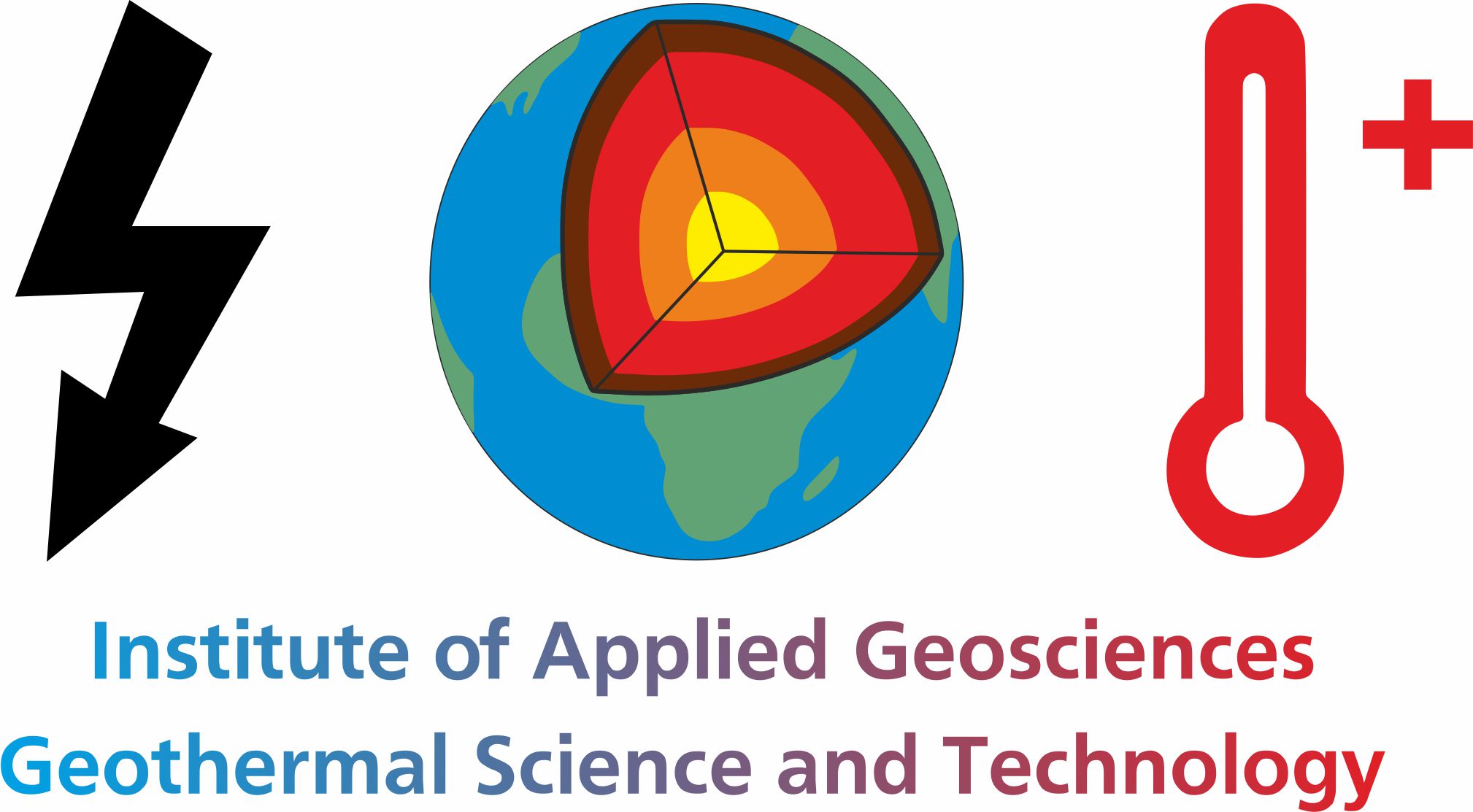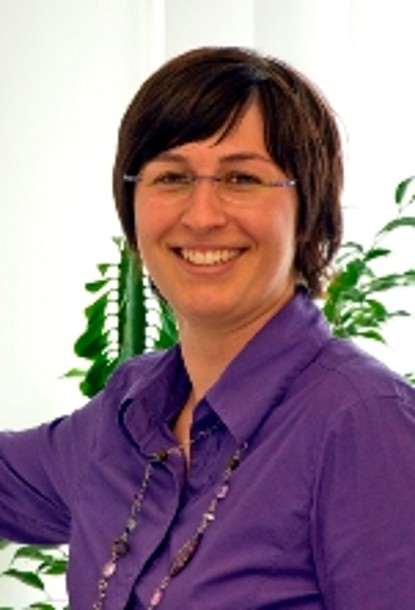
IMAGE (Integrated Methods for Advanced Geothermal Exploration) is a European project involving 20 partners from 9 different countries. Goal of the project is to develop an integrated geothermal exploration approach based on state-of-the-art scientific methods. The project is co-funded for four years by the European Commission within the 7th Framework Programme for Research and Technological Development (FP7) and started on the 1st of November 2013.
The objective is to develop new methods to scrutinize and appraise geothermal systems in such a way that exploration wells can be sited with greater accuracy than before, thereby maximizing the success rate and reducing the cost of drilling associated with geothermal projects. In addition, such precision wells would reduce any potential environmental impact.
New research methods will be tested in well-known geothermal systems, both in continental sedimentary systems in Europe and in high-temperature systems related to volcanism where one might expect supercritical fluids, as in magmatic areas, such as in Iceland and Italy.
The IMAGE project will develop a reliable science based exploration and assessment method to “IMAGE” geothermal reservoirs using an interdisciplinary approach based on three general pillars:
1. Understanding the processes and properties that control the spatial distribution of critical exploration parameters at European to local scales. The focus will be on the prediction of temperatures, in-situ stresses, fracture permeability and hazards, which can be deduced from field analogues, public datasets, predictive models and remote constraints. It provides rock property catalogues for 2. and 3.
2. Radically improving well established exploration techniques for imaging, detection and testing of novel geological, geophysical and geochemical methods to provide reliable information on critical subsurface exploration parameters. Methods include: a. Geophysical techniques such as ambient seismic noise correlation and magnetotellurics with improved noise filtering, b. Fibre-optic down-hole logging tools to assess subsurface structure, temperature and physical rock properties, c. The development of new tracers and geothermometers.
3. Demonstration of the added value of an integrated and multidisciplinary approach for site characterization and well-siting, based on conceptual advances, improved models/parameters and exploration techniques developed in 1. and 2. Further, it provides recommendations for a standardized European protocol for resource assessment and supporting models.
The IMAGE consortium comprises eleven leading European geothermal research institutes and eight geothermal industry partners, who will perform testing and validation of the new methods at existing geothermal sites owned by the industry partners, both in high temperature magmatic, including supercritical, and in basement/deep sedimentary systems. Application of the methods as part of exploration in newly developed fields will provide direct transfer from the research to the demonstration stage The 19 participants are from the Netherlands, Germany, Iceland, Italy, France, Switzerland, Norway, the Czech Republic and Spain. The European Union provides € 10 million to the project.
Within the scope of the IMAGE project, we at TU Darmstadt developed in close cooperation with the GFZ the PetroPhysical Property Database. This unique database is filled with data, both measured during and prior to the project by the IMAGE research partners as well as data collected from literature. It aims at providing easily accessible, peer-reviewed information on physical rock properties relevant for geothermal exploration and reservoir characterization in one single compilation. Collected data include hydraulic, thermophysical and mechanical properties and, in addition, electrical resistivity and magnetic susceptibility. Each measured value is complemented by relevant meta-information such as the corresponding sample location, petrographic description, chronostratigraphic age and, most importantly, original citation.
Further Information
- Funding Period: 48 Months (01.11.2013 – 31.10.2017)
- Grant Authorities EU – Seventh Framework Program (FP7) – ENERGY.2013.2.4.1: Exploration and assessment of geothermal reservoirs
- 18 european partners
- P³ – International PetroPhysical Property Database (opens in new tab)


